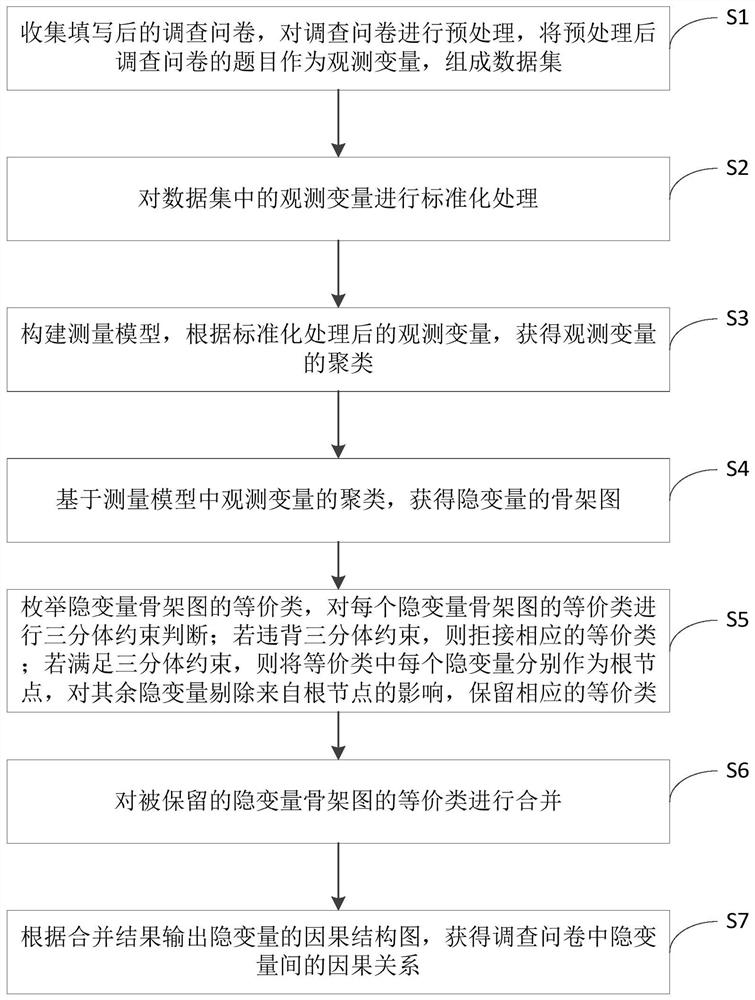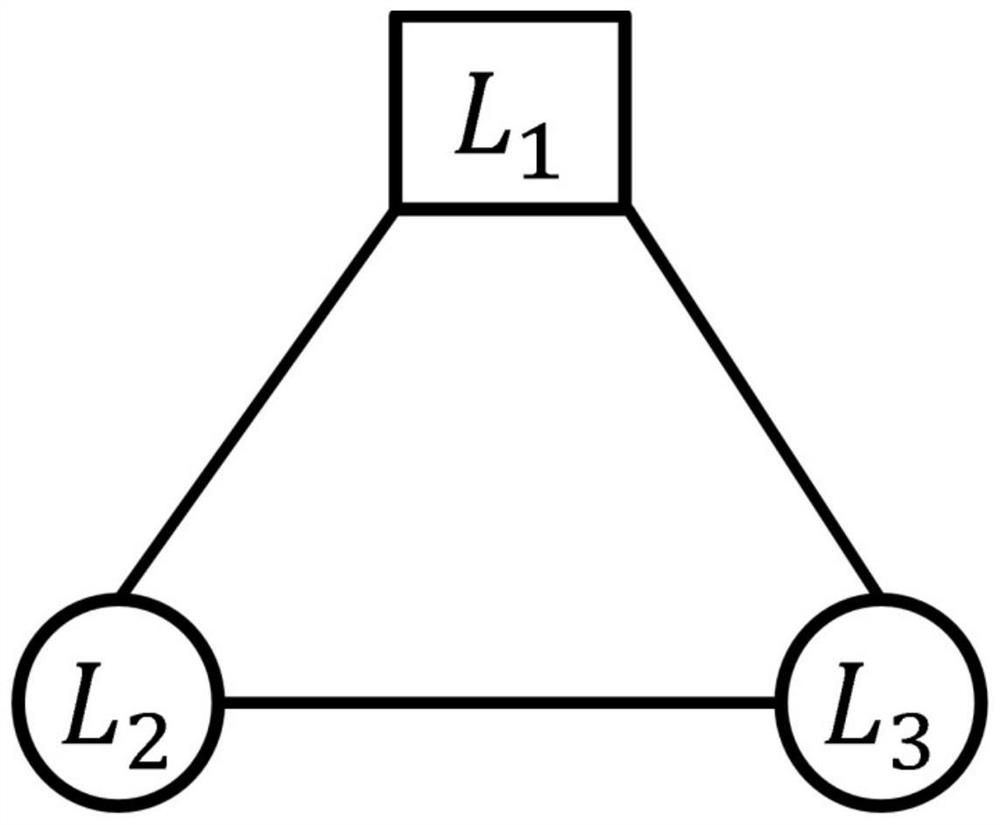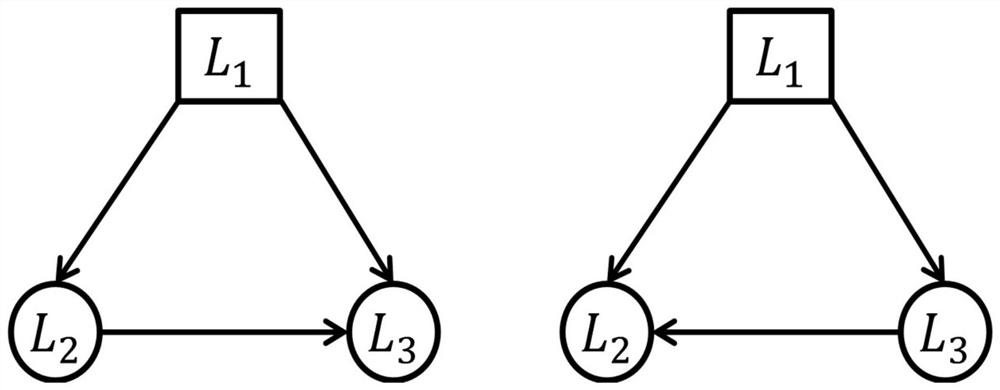Questionnaire data analysis method based on linear hidden variables
A questionnaire and data analysis technology, applied in data processing applications, complex mathematical operations, instruments, etc., can solve the problems of inability to obtain the causal relationship between data and the low accuracy of questionnaire data analysis, and achieve the effect of accurate analysis results
- Summary
- Abstract
- Description
- Claims
- Application Information
AI Technical Summary
Problems solved by technology
Method used
Image
Examples
Embodiment
[0058] This embodiment provides a method for analyzing questionnaire data based on linear latent variables, such as figure 1 As shown, the method includes:
[0059] S1: Collect the filled questionnaires, preprocess the questionnaires, and use the questions of the preprocessed questionnaires as observation variables to form a data set;
[0060] The preprocessing of the questionnaire is to remove the questionnaires with low-quality answer results, including the questionnaires that are not seriously answered and the questionnaires that are answered habitually. The purpose of removing questionnaires with low-quality answers is to ensure the accuracy of observed variables, and thus ensure the accuracy of subsequent causal relationships between hidden variables.
[0061] S2: Standardize the observed variables in the data set;
[0062] The method of standardizing the observed variables in the data set is z-score standardization, specifically:
[0063]
[0064] where x i Indica...
PUM
 Login to View More
Login to View More Abstract
Description
Claims
Application Information
 Login to View More
Login to View More - Generate Ideas
- Intellectual Property
- Life Sciences
- Materials
- Tech Scout
- Unparalleled Data Quality
- Higher Quality Content
- 60% Fewer Hallucinations
Browse by: Latest US Patents, China's latest patents, Technical Efficacy Thesaurus, Application Domain, Technology Topic, Popular Technical Reports.
© 2025 PatSnap. All rights reserved.Legal|Privacy policy|Modern Slavery Act Transparency Statement|Sitemap|About US| Contact US: help@patsnap.com



